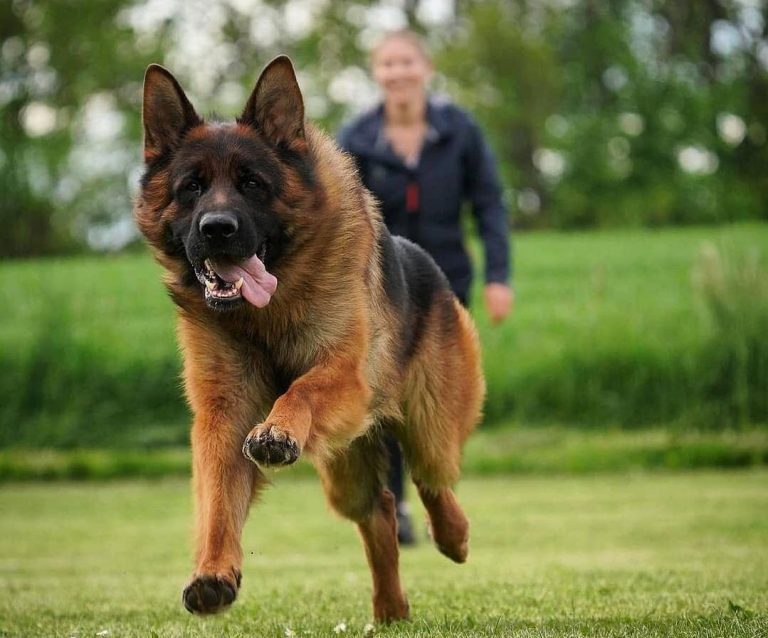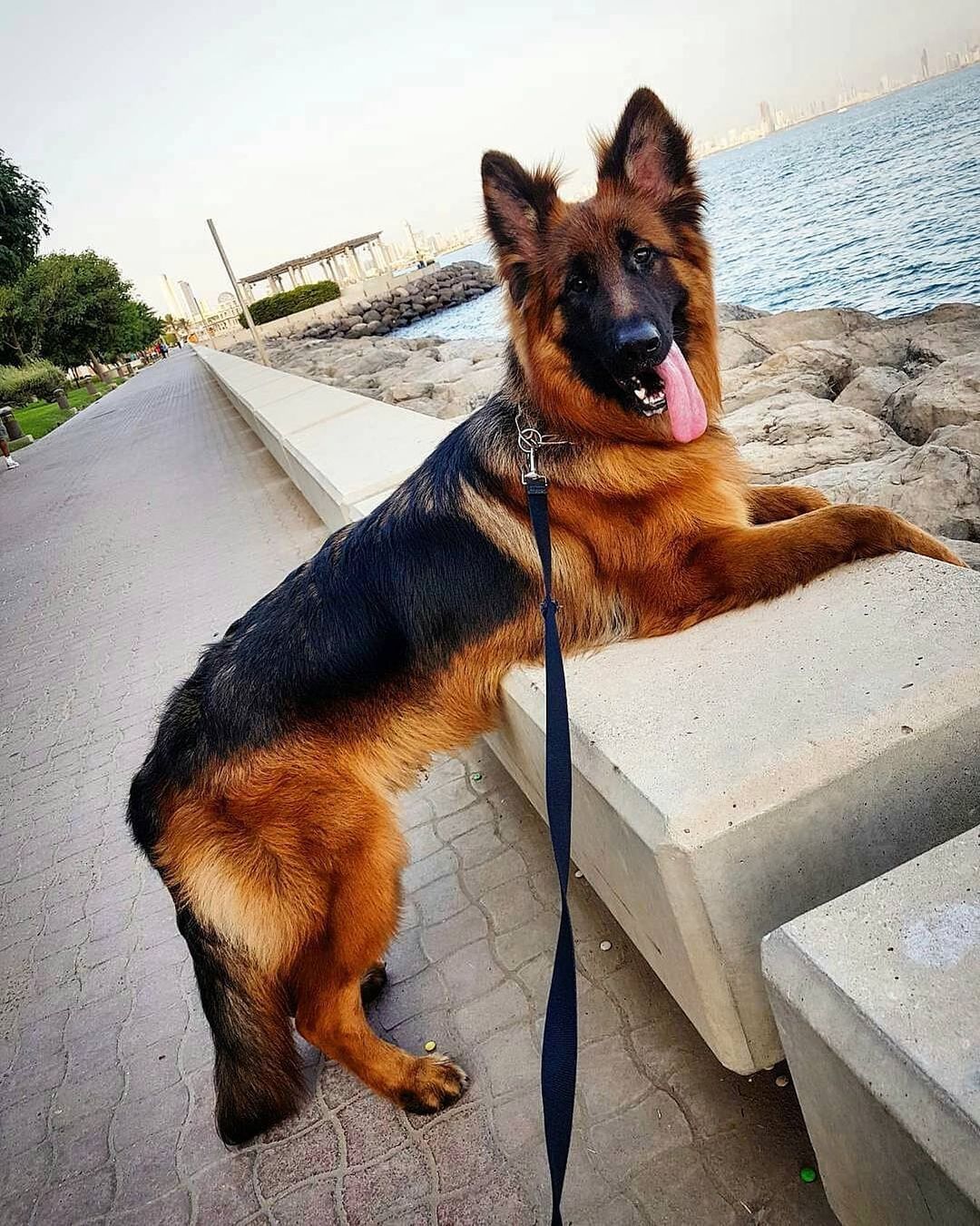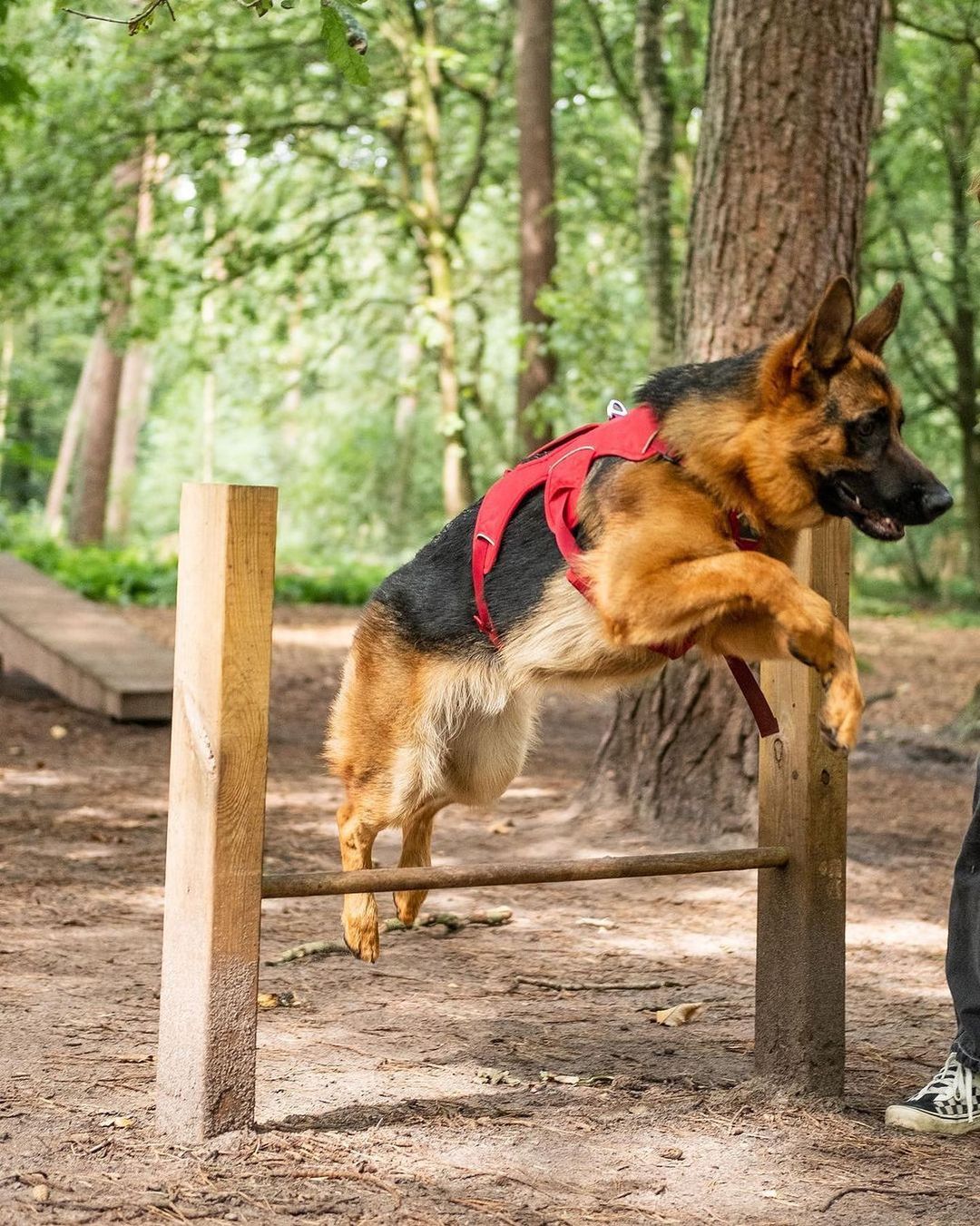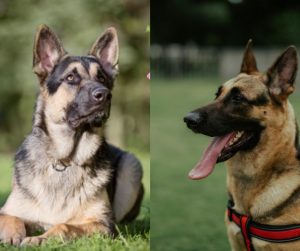If you are thinking of getting a German Shepherd puppy, or an adult German Shepherd dog breed, one of the first things you have to understand is activity level. In other words, how much exercise does a German Shepherd need?
Why is this important? Well, because without exercise and mental stimulation, your dog might resort to destructive behavior.
With that in mind, we have to understand that the German Shepherd dog breed was developed for herding initially. And over the years, the GSD became an amazing working dog breed.
Originally bred for herding, they have found jobs in police work, military work, search and rescue missions, therapy work, and so on.
Let’s talk more about the physical activity needs of your GSD.
Origin of the Breed
To understand your German Shepherd exercise needs, we have to go back in history. As the name suggests, the canine was developed in Germany. The history can be traced back to the late 1800s.
During that period, one man tried to make the best German herding dogs. At the time, there were many German herding dogs, some of them still alive to this day.
In the late 1800s, breeders in Germany tried to standardize dog breeds. Their goal was to preserve the best traits for herding sheep.
Max von Stephanitz used many different German herding dogs to come up with the best traits for the German Shepherd. Originally, he bred the dog for herding, but since then, the GSD has found different types of work, from police work, military, therapy, disability assistance, and more.
How Much Exercise Does Your GSD Need?
Now let’s go back to the original question, which is, how much exercise does a German Shepherd need? Well, we need to understand that these dogs are highly active. They were originally bred for working and guarding sheep.
Take that into consideration, and you have one of the most high-energy dogs out there. Short walks will not do the trick here. Instead, these dogs need plenty of physical exercise and mental stimulation.
Generally speaking, German Shepherds need between 90 and 120 minutes of physical activity per day. You can divide it into several walking/training sessions.
The best way is to spread it across the day and have one longer daily walk, and two high-energy active walks.
We have to note that there is a difference in the exercise needs of a German Shepherd puppy and an adult German Shepherd.
As with most dogs, GSDs calm down as they get older. But that happens usually after year 7 or 8 of their life.
Whenever you go on a daily walk with your GSD, use it as an opportunity to let them explore, work on training, work on proper manners, and socialize your dog.
When it comes to socialization, the big myth is that you should only socialize your dog with other animals. Wrong. You need to put your dog in different environments and use it as a training opportunity. GSDs need to be socialized early on so that they do not bark at strangers, do not try to herd other animals and be calm, docile, and well-mannered.
How To Keep Your GSD in Shape?
As I said before, this high energy dog needs plenty of proper exercise. Short walks do not do it here. You need to include playtime sessions in your obedience training sessions. That is the best way to combine physical activity and mental exercise. Here are some examples.
- Play running games like hide and seek, catch me, and similar. These serve as a great bonding experience, but also help your German Shepherd puppy burn some energy
- Agility training is always a good idea since GSDs love to work and please their owner
- Playing games like fetch and ball can also work. The important thing is to give your dog a purpose during the walk
- Swimming and hiking are amazing once-in-a-week adventures you can try
Remember, you should keep your GSD mentally active as much as physically active. Even when you are at home, you can try some enrichment games and activities.
What Happens If You Do Not Provide Enough Exercise?
German Shepherds are among the best working dogs, alongside the likes of Doberman. When you have a working dog, or other herding dog like a Border Collie, Australian Shepherd, and so on, you have to keep track of the brain and muscle workouts.
If your GSD doesn’t get enough exercise, he might resort to destructive behaviors. Some of the warning signs your dog is not getting enough exercise include:
- Excessive chewing around the house, and destroying furniture, slippers, shoes, and so on
- Digging, is a common sign of lack of exercise. If you have a yard, expect a few holes around
- Excessive barking and whining signify boredom and anxiety caused by lack of exercise
- Hyperactivity, a GSD that doesn’t get enough exercise, will constantly run around and jump on people, furniture, and other objects
- Weight gain, similar to how people gain weight when they do not exercise
- Last, but not least, depression. You do not want a puppy that lays around the house all day long, right?
Exercise For Adult German Shepherds
As we said before, there is a difference between exercise needs of an adult German Shepherd dog and a German Shepherd puppy. When you ask how much exercise does a German Shepherd need, we talk about the average amount.
But caring for a senior German Shepherd is a different task. As dogs get older, their muscles get weaker and their joints become more sensitive.
That doesn’t mean your dog cannot move around or play. But you should change the way you approach exercise. At this point in your dog’s life, provide light exercise that will not put stain on the body. In other words, you can play puzzle games that train the mind more than the body.
Just remember, keep the activity shorter. And of course, fun!









